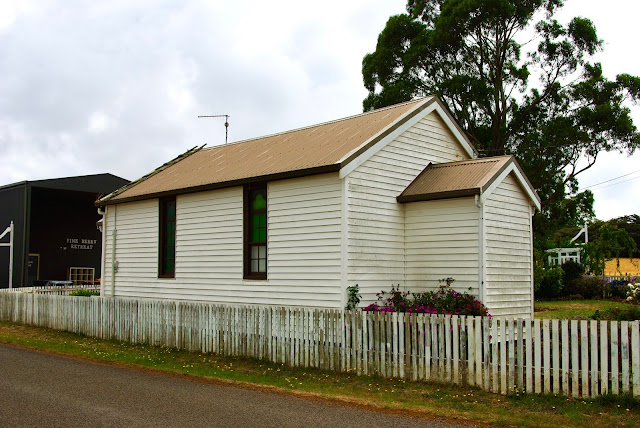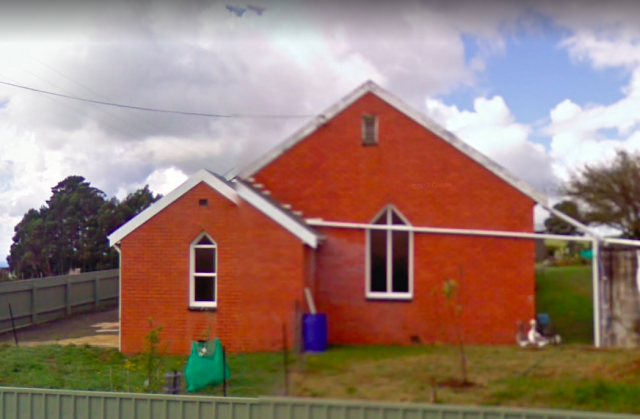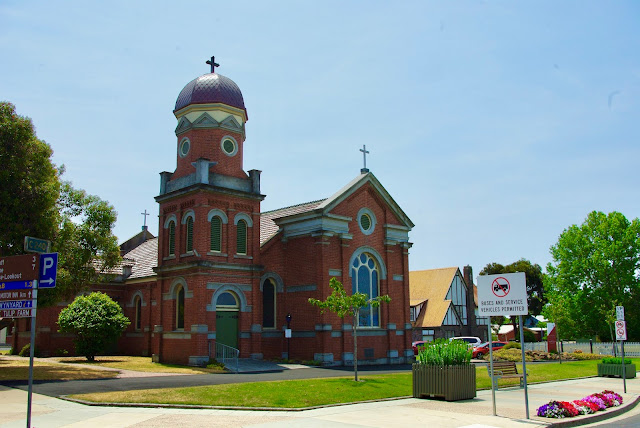No. 688 - Middleton - St Michael and All Angel's Anglican Church

Middleton is a small rural settlement on the Channel Highway approximately 40 kilometres south of Kingston. The settlement was originally named Long Bay before it changed to Middleton in 1892. The name was derived from a barque named Middleton built by shipbuilder John Watson, a former overseer of the shipyard at Port Arthur. Middleton was the family name of Watson’s wife, which was also appropriated as the name of the Watson home at Long Bay. Middleton had two Anglican churches both of which were destroyed in the bushfires of 1906 and 1967. The first attempt to build an Anglican church at Middleton dates back to 1871 but this was abandoned by 1875: “The committee have to regret that the steps hitherto taken to remedy…the unhappy state of affairs…in connection with the undertaking of building a church at Long Bay have been unsuccessful….It is earnestly to be hoped, however, that something will be done….for when it is considered that there is not a single consecrated place of worship ...








